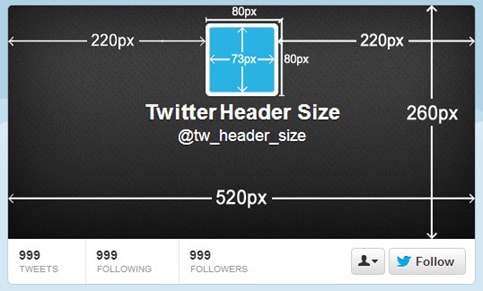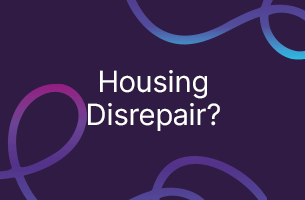 Have you ever come across a company’s social media page or website, looked at the opening image, and instantaneously clicked the back button? Chances are you have.
Have you ever come across a company’s social media page or website, looked at the opening image, and instantaneously clicked the back button? Chances are you have.
Images are very important online, they reflect the author’s attention to detail, tone and can even act as a measure of value. Thus, sharing a pixelated, blurry or poorly created brand image can have a negative affect on viewers and can hinder identity.
We wanted to investigate this further, so we decided to take a peek at the websites and social media platforms of the Top 50 UK law firms (based on revenue) and noted how their branding images fair in terms of the above.
Here are our findings:
Audience expectation
One of the most intriguing statistics that we picked out is that 14 of the top 50 law firms have a blurry or pixelated profile picture on their Twitter page. In an age where the latest phones/tablets compete with cameras for clarity and where visual expectation is at its peak, companies can’t afford to get sloppy with images. This oversight can hinder brand image, key messaging and can damage costs; you don’t want to spend stacks of money on designing the perfect logo to have its reputation tarnished in a matter of seconds.
The average user will treat a logo or a key brand image as a direct reflection of a company’s overall attention to detail. With the growing use of retina displays and high functioning screens, users will be even more prone to straying away from pages that aren’t aesthetically easy on the eye. It’s all about trust; and getting this online basic wrong will turn away potential followers from the outset.
How can firms avoid this? Keep a list of all recommended social media image specs, ensuring all are in a crystal clear high-resolution.
File type
Following on from this last point, when a new logo has been designed, most will usually want to share it over various platforms and in a variety of different sizes. This shouldn’t be a problem, just as long as the designer has used a vector version of the logo. Vector-based files are based on mathematical equations rather than pixels, so they can be scaled without any image degradation. With modern devices launching in a range of sizes, and Cisco predicting that the average U.S home will have 5 Internet devices by 2017, it makes perfect sense to utilise the versatility of vectors.
From our research we found that of a random sample of 20 firms, 95% used a pixel-based logo on their website, with only 5% using a vector-based version. If you attempt to scale up a pixel-based image it will pixelate and become blurry, dirty and noticeably fuzzy. This is because tightly packed pixels must be in the resolution of the output device, and if they’re not, they appear jagged and unclean. So get your designers to use vectors or test out other formats like SVG files (which can scale without loss of quality), just as long as it’s pristine for different resolutions!
Banners
Banners are the spaces at the top of social media profiles that can be used to upload personalised images. From our research we found that 18 out of the top 50 law firms either don’t have anything in the banner space or use a preset block of colour that is offered by Twitter. Surprisingly we found that a large chunk of firms who use this preset colour choose a shade that is completely different to the one used in their website branding. We also recorded that there are a small few who show a pixelated or partially hidden logo in their banner space.
With characters heavily limited and profile pictures not as big as most brands would like, the banner space is the perfect area for cementing brand image and identity. Not utilising this area is like having a shop window and keeping it bare, as audiences want to know exactly what you do and most importantly what you offer. Fill this with a call to action, your strap line, a testimonial, a new service, or contact details, and ensure this is consistent with your website. Even if you just want to repeat your brand logo, make sure it’s in a high resolution, the right size and homogenous with your other styles. Not doing this will harm your brand familiarity, popularity and will make the transition from your social media to your website (and vica versa) strange and alien to your audience. It’s there to be utilised, so take full advantage and get creative!
Want to learn more about branding? Register for our ‘Biology of Branding’ workshop here, or drop us a line at: info@mmadigital.co.uk












